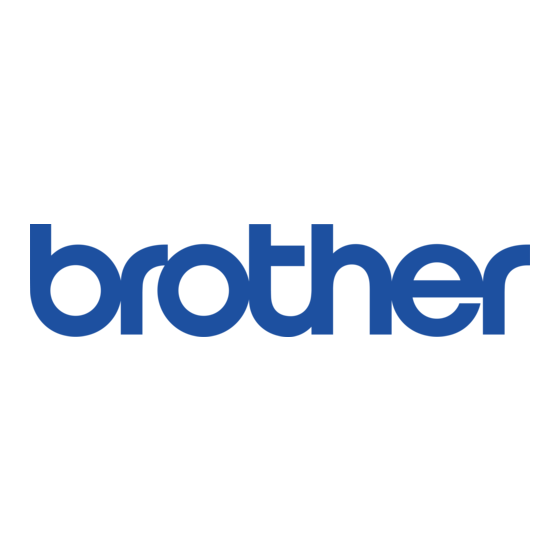Troubleshooting
Network terms and concepts
SSL technical overview
Secure Socket Layer (SSL) is a method for protecting transport layer data sent over a local or wide area
network by using the Internet Printing Protocol (IPP), to prevent unauthorised users being able to read them.
It achieves this by using authentication protocols in the form of digital keys, of which there are 2:
A public key – known by everyone who is printing.
A private key – known only by the machine used to decrypt packets and make them readable again by the
machine.
The public key uses either 1024bit or 2048bit encryption and is contained inside a digital certificate. These
certificates can either be self signed or approved by a Certificate Authority (CA).
First, there are three different keys, Private, Public and Shared.
The Private key, know only to the machine, is associated with the Public key but not contained within the
clients (senders) digital certificate. When the user first establishes the connection, the machine will send the
Public key with the certificate. The client PC trusts that the Public key is from the machine with the certificate.
The client generates the Shared key, and encodes it with the Public key, then sends to the machine. The
machine encodes the Shared key with the Private key. Now the machine and client share the Shared key
safely, and establish the safe connection for print data transfers.
The print data is encoded and decoded with the Shared key.
SSL will not stop unauthorised users from accessing packets, however, it will make them unreadable without
the private key, which is not disclosed to anyone apart from the machine.
It can be configured on both wired and wireless networks and will work with other forms of security such as
WPA keys and firewalls, given the appropriate configuration.
6
6
6
31

